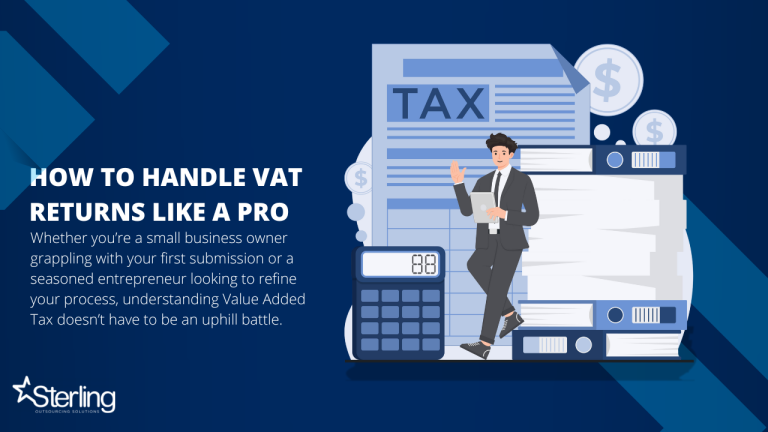Introduction to Making Tax Digital (MTD)
MTD, launched by HM Revenue and Customs (HMRC), aims to modernize the UK’s tax system. It promotes digital record-keeping and filing, ensuring greater accuracy and efficiency. Here’s a breakdown of the critical aspects:
-
Phased Implementation
MTD is being rolled out in phases. It's mandatory for VAT-registered businesses with a taxable turnover exceeding £85,000. However, the government plans to extend MTD to self-employed individuals and landlords with income exceeding £10,000 in future phases.
-
Digital Record-Keeping
Businesses enrolled in MTD must maintain digital records of their income and expenditure. This can be achieved through accounting software, spreadsheets, or HMRC-approved apps.
-
Quarterly VAT Returns
MTD replaces the traditional annual VAT return system with more frequent submissions. Businesses must submit VAT returns to HMRC every quarter, offering a real-time view of their tax position.
How MTD Will Impact Businesses in the UK
The implementation of MTD has far-reaching implications for businesses across the UK:
- It introduces a digital-first approach, requiring businesses to embrace technology for tax compliance.
- It fosters greater transparency and accuracy in financial reporting, reducing the likelihood of errors and discrepancies.
- MTD aims to simplify the tax process, saving businesses time and resources previously spent on manual record-keeping and submission.
However, non-compliance can result in penalties, highlighting the importance of adhering to MTD regulations.
5 Steps to Ensure Compliance with MTD
Embracing MTD doesn’t have to be overwhelming. Here are five actionable steps to help your business achieve Compliance:
-
Step 1: Understand Your Business's Tax Obligations
Before embarking on the journey towards MTD compliance, it's imperative to understand your business's tax obligations comprehensively. This involves identifying the VAT threshold applicable to your business, determining whether you're mandated to comply with MTD, and familiarizing yourself with the relevant deadlines and requirements set forth by HMRC. Additionally, I seek professional advice to ensure Compliance with complex tax regulations.
-
Step 2: Choose the Right Software
Selecting the appropriate accounting software is paramount to MTD compliance. Opt for HMRC-approved software that seamlessly integrates with your business operations and facilitates digital record-keeping, VAT calculations, and return submission. Consider user-friendliness, scalability, and compatibility with your existing systems when choosing the software best suited to your business needs.
-
Step 3: Set Up and Test Your Software
Once you've chosen the right software, dedicate time to setting it up and configuring it according to your business requirements. Ensure that all relevant financial data is accurately inputted into the system and conduct thorough testing to verify its functionality and reliability. Address any issues or discrepancies promptly to prevent potential compliance pitfalls.
-
Step 4: Submit VAT Returns through MTD-Compatible Software
With your software configured and tested, it's time to transition to digital VAT returns submission. Use your MTD-compatible software to generate and submit VAT returns directly to HMRC in accordance with the mandated deadlines. Verify the accuracy of the information submitted and retain records of all transactions and submissions for future reference and audit purposes.
-
Step 5: Keep Detailed Records and Adapt
Maintaining meticulous records is essential for MTD compliance and overall financial management. Keep digital records of all income, expenses, and VAT transactions, ensuring they're organized, up-to-date, and easily accessible. Additionally, stay abreast of any updates or changes to MTD regulations and adapt your processes to remain compliant and avoid penalties.
Conclusion
Making Tax Digital represents a paradigm shift in how businesses manage their tax obligations in the UK. By embracing digitalisation and adhering to MTD regulations, companies can streamline their tax processes, enhance accuracy and transparency, and avoid potential penalties for non-compliance. By following the five actionable steps outlined in this guide, businesses can confidently navigate the transition to MTD, ensuring seamless Compliance and continued success in the digital era of taxation.
Ready to streamline your business operations? Contact Star Sterling Outsource to elevate your efficiency today!




